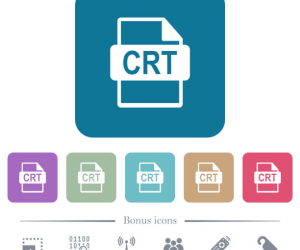Successful individuals try doing the things within their reach. Students should set goals guiding them to achieve what they want. Nonetheless, setting such goals requires several processes before a student can regard them as achievable. Achieving goals is not easy, although students can define them appropriately and attain them. Defining educational goals involves various processes that include deciding what one needs to succeed, assessing progress, setting deadlines, and establishing short-term and long-term goals.
Writing Down the Academic Goals
Defining educational goals begins by writing the goals that a student wants to achieve. People write down what they want to do and succeed at the end of the activity. When people write down their goals, they demonstrate what they want to achieve and start working towards them. Tutoring and writing centers, such as Wr1ter.com, always show students the dedication and strict discipline that they utilize to help all in need, leading by example. Therefore, the first step of defining educational objectives is thinking about what a student wants to achieve.
Setting Short-Term and Long-Term Goals
The second step of defining educational goals involves identifying what a student wants to achieve to open opportunities for greater achievements. The priorities are the short-term goals as they must be achieved within the shortest time. Writing centers should show students what they need to complete before setting terminal goals, which are the long-term goals. Moreover, a student should ensure that the plans are achievable. Hence, students should identify their short-term goals and ensure that they are achievable within their set deadlines.
Ways of Assessing the Achievements of the Goal
The third step of defining academic goals involves ways of assessing the achievements. Essentially, there should be ways of measuring how much students have achieved and what remains to be covered. This knowledge is helpful, and tutoring and writing centers should guide students in assessing their goals. Without determining the progress, learners may not know what they need to emphasize to achieve their targets. Hence, learners should evaluate their milestones to determine if they are on the right academic track.
Setting Deadlines
The fourth step involves setting achievable goals within a specific timeframe. In essence, educational targets are not everlasting as they have to have a limited period within which an individual can achieve. Tutoring centers should show students how to set deadlines. Besides, they should highlight the factors to consider for each goal. Without deadlines, a student would not work hard because one would think that there is limitless time to achieve the goal. Thus, defining educational objectives incorporates setting a deadline for achieving the goal.
In conclusion, defining academic goals involves many components that students should follow to succeed academically. The first step consists in identifying the goals and writing them down to guide the student towards achieving them. Next, students should know how much they have achieved and what needs to be done to achieve the objectives fully. Finally, with set deadlines, a student identifies the short-term and long-term goals and starts working towards attaining them independently.



